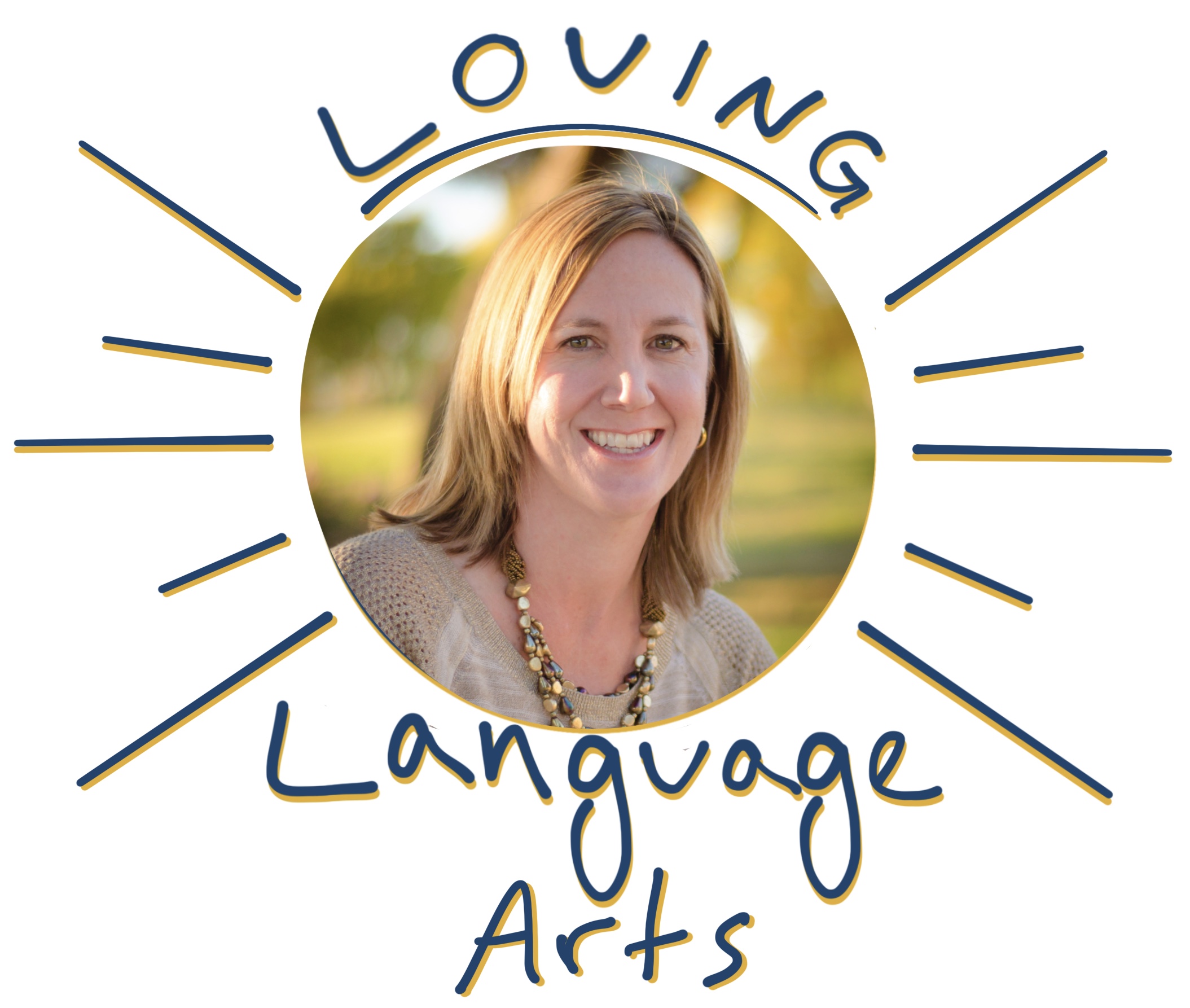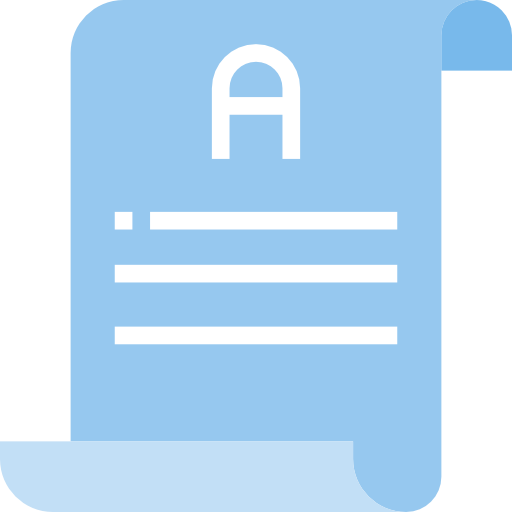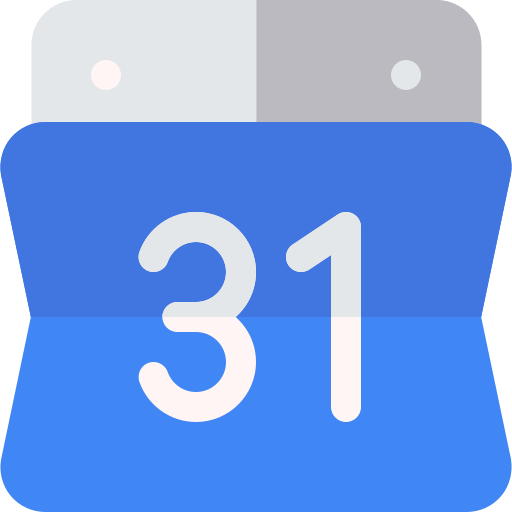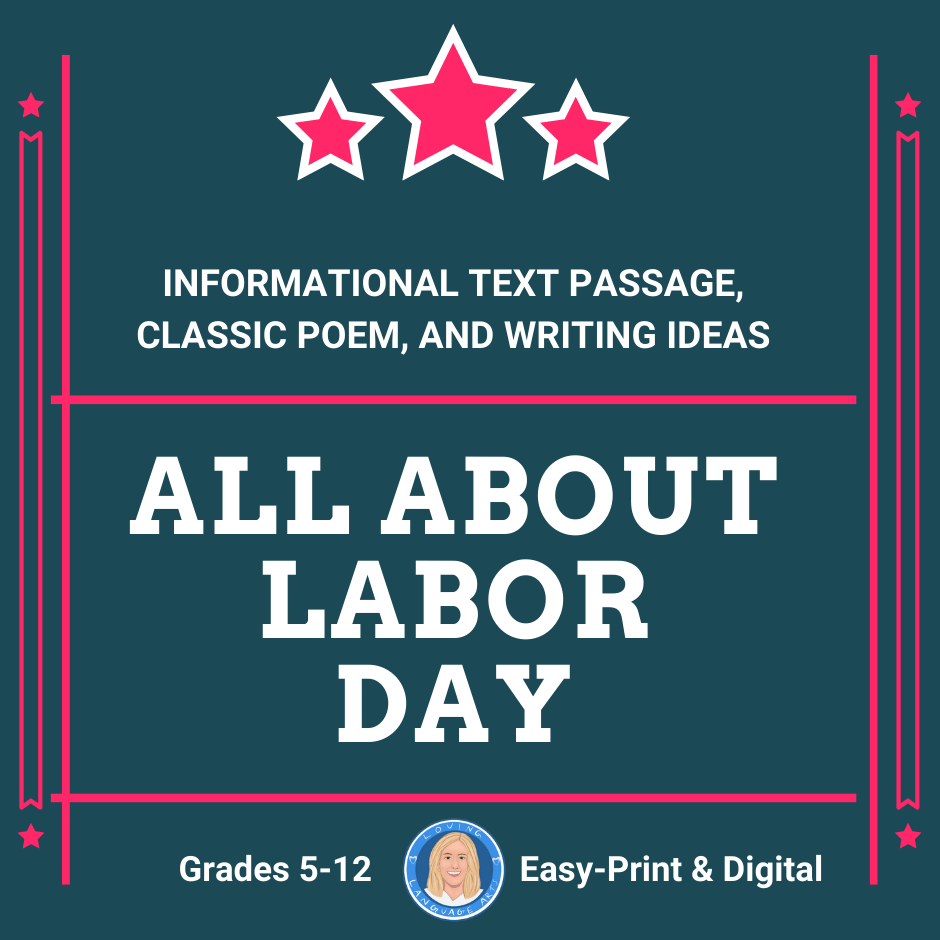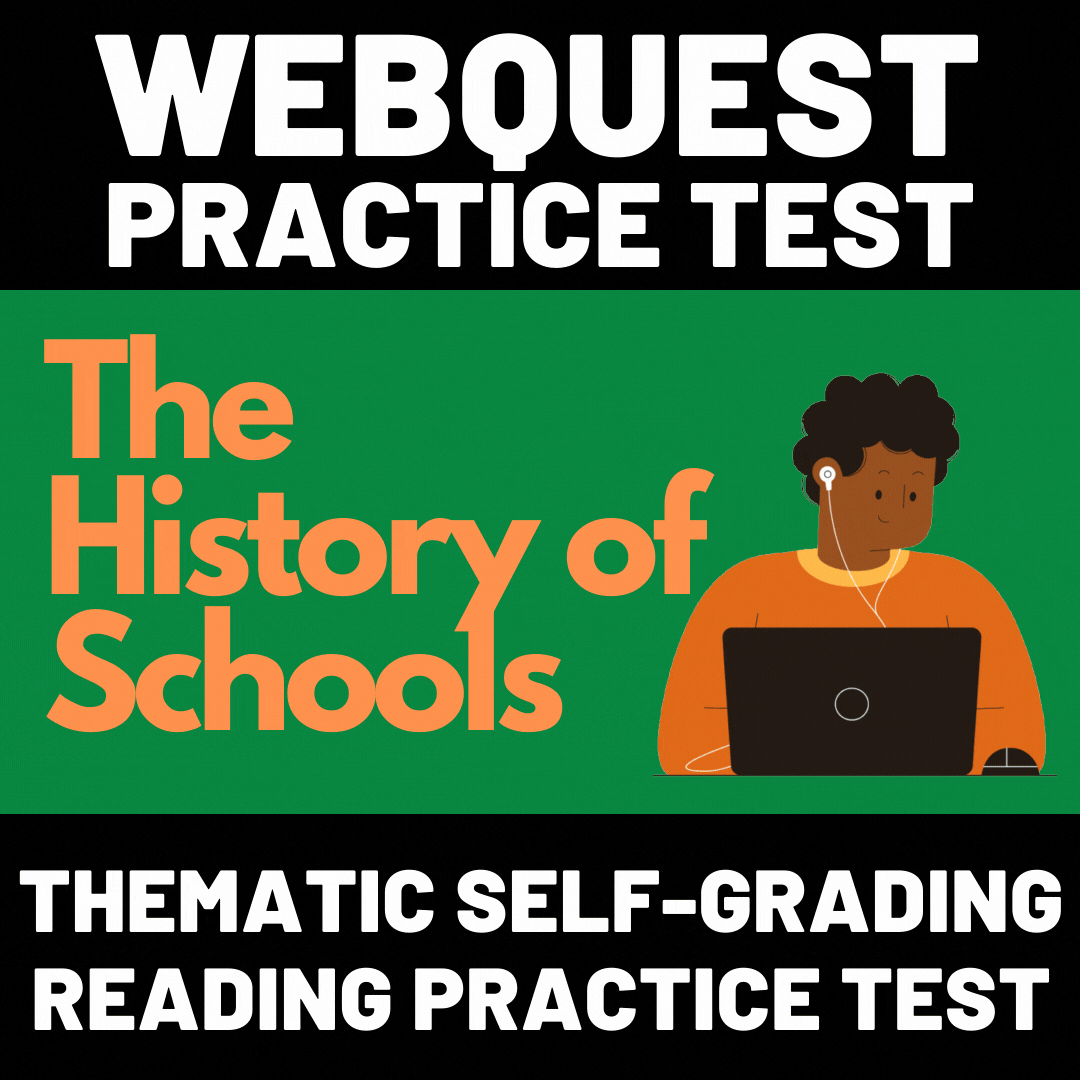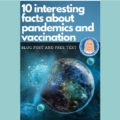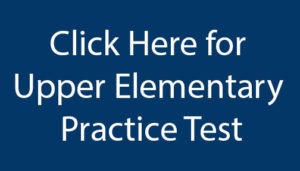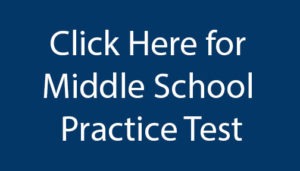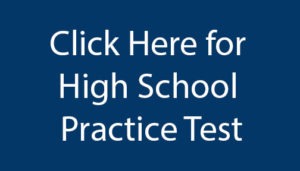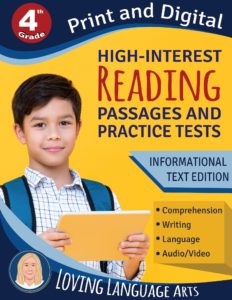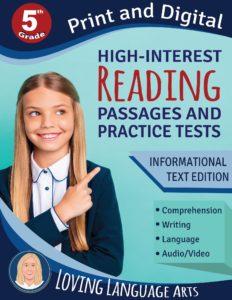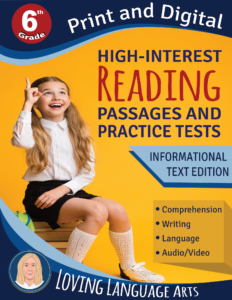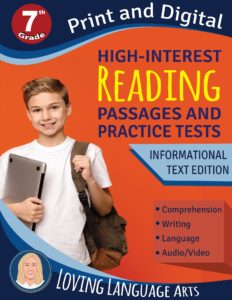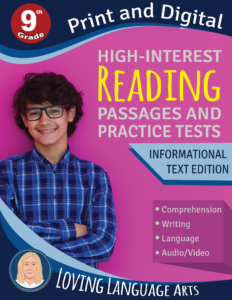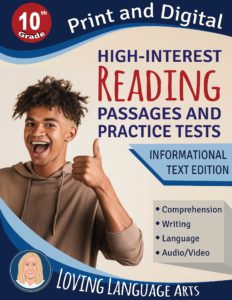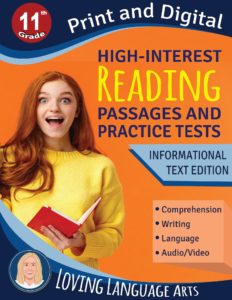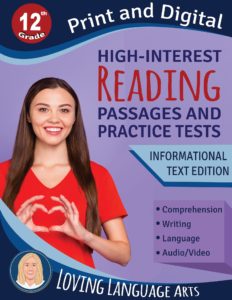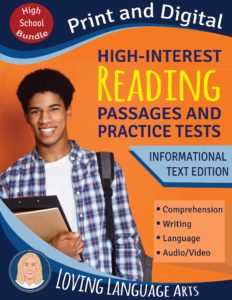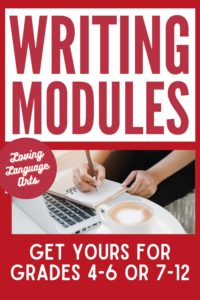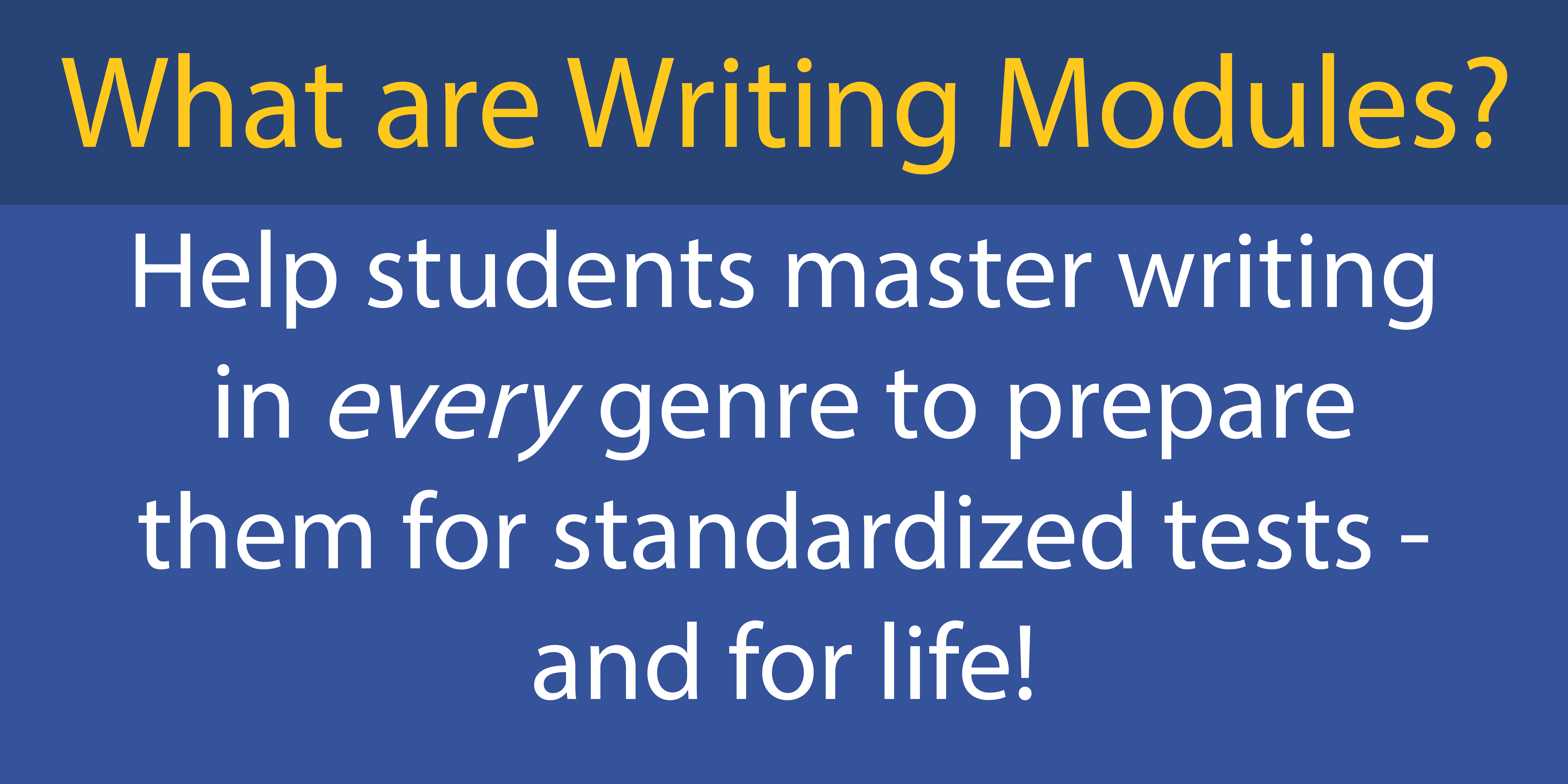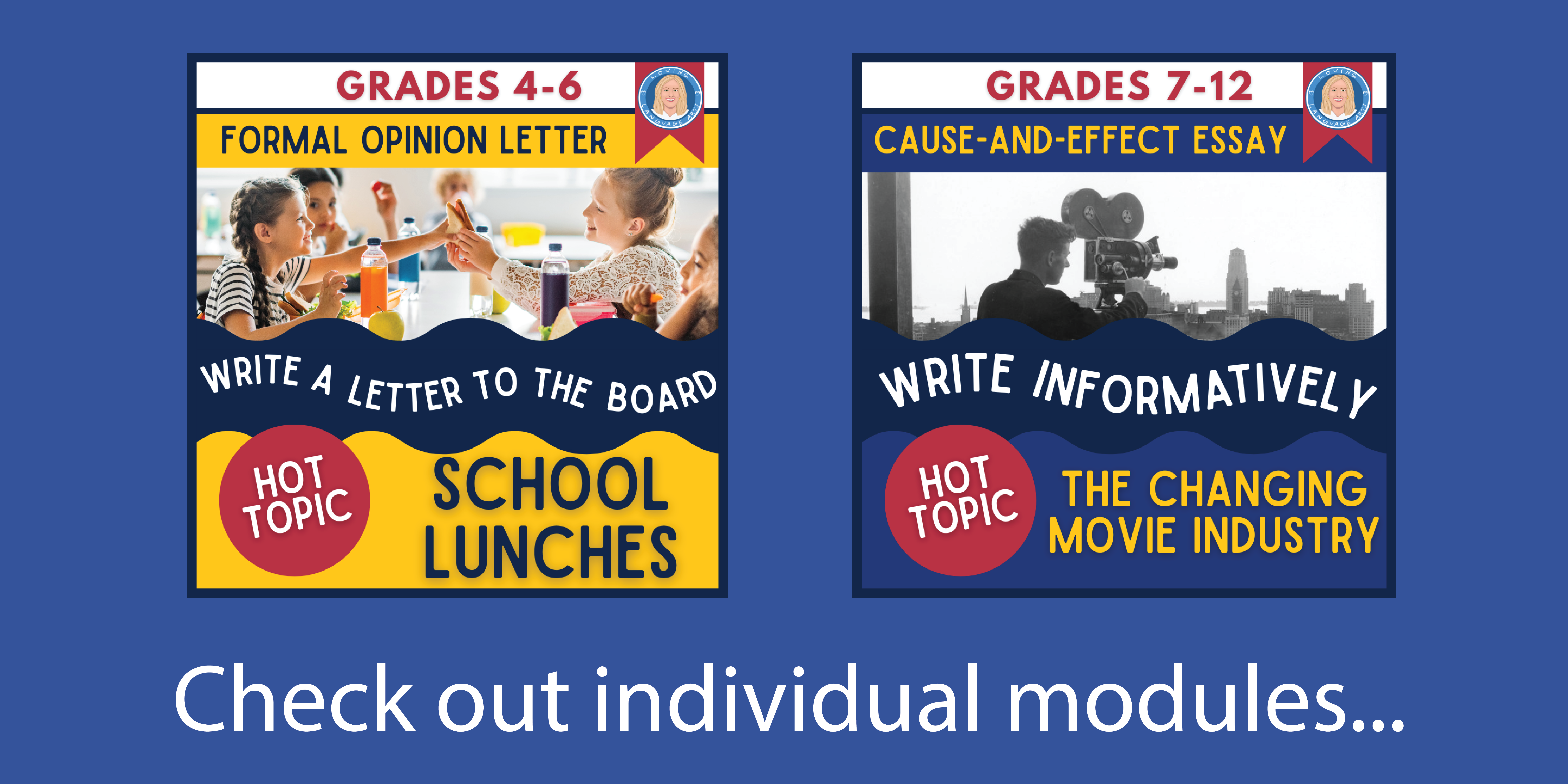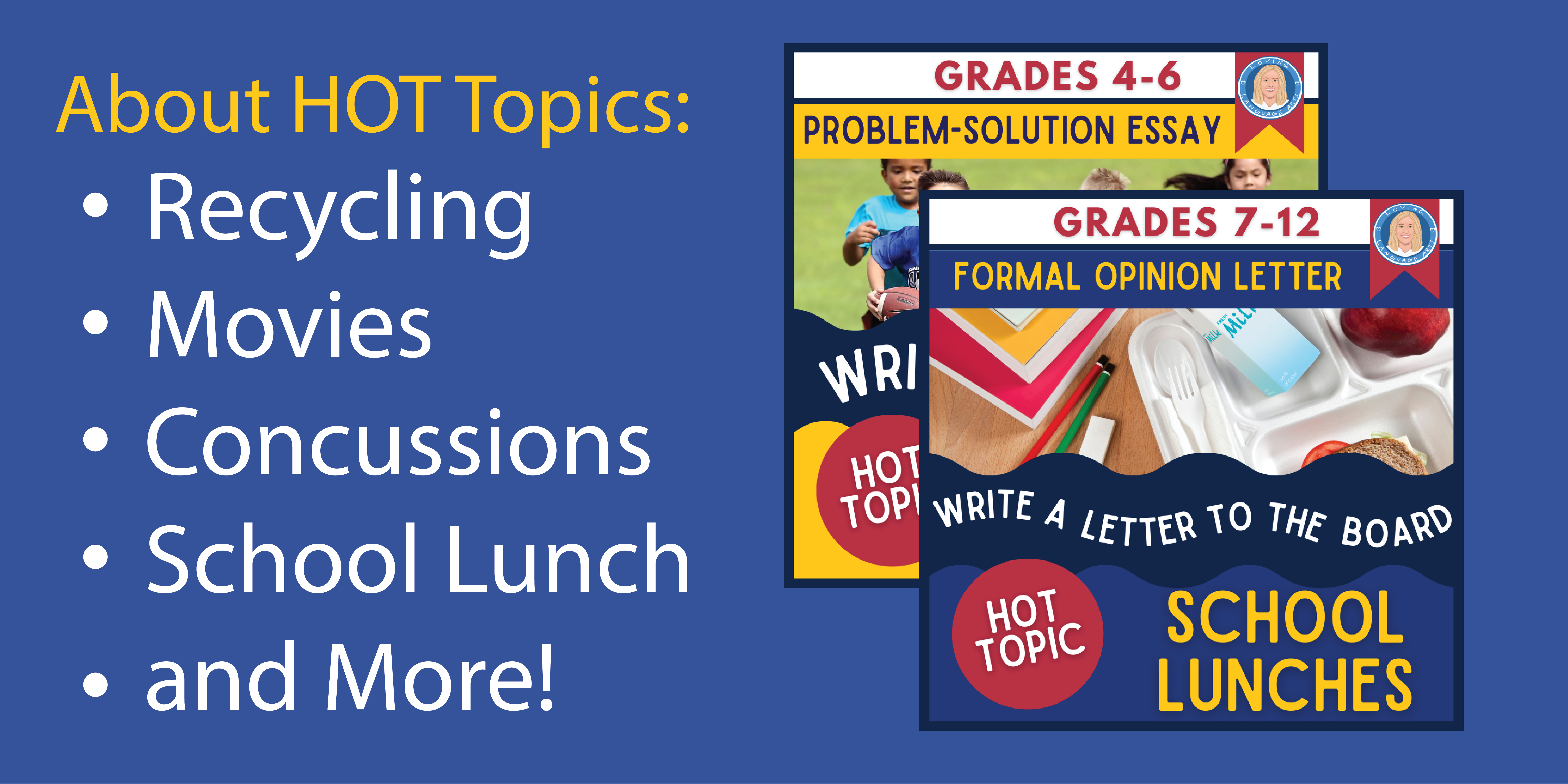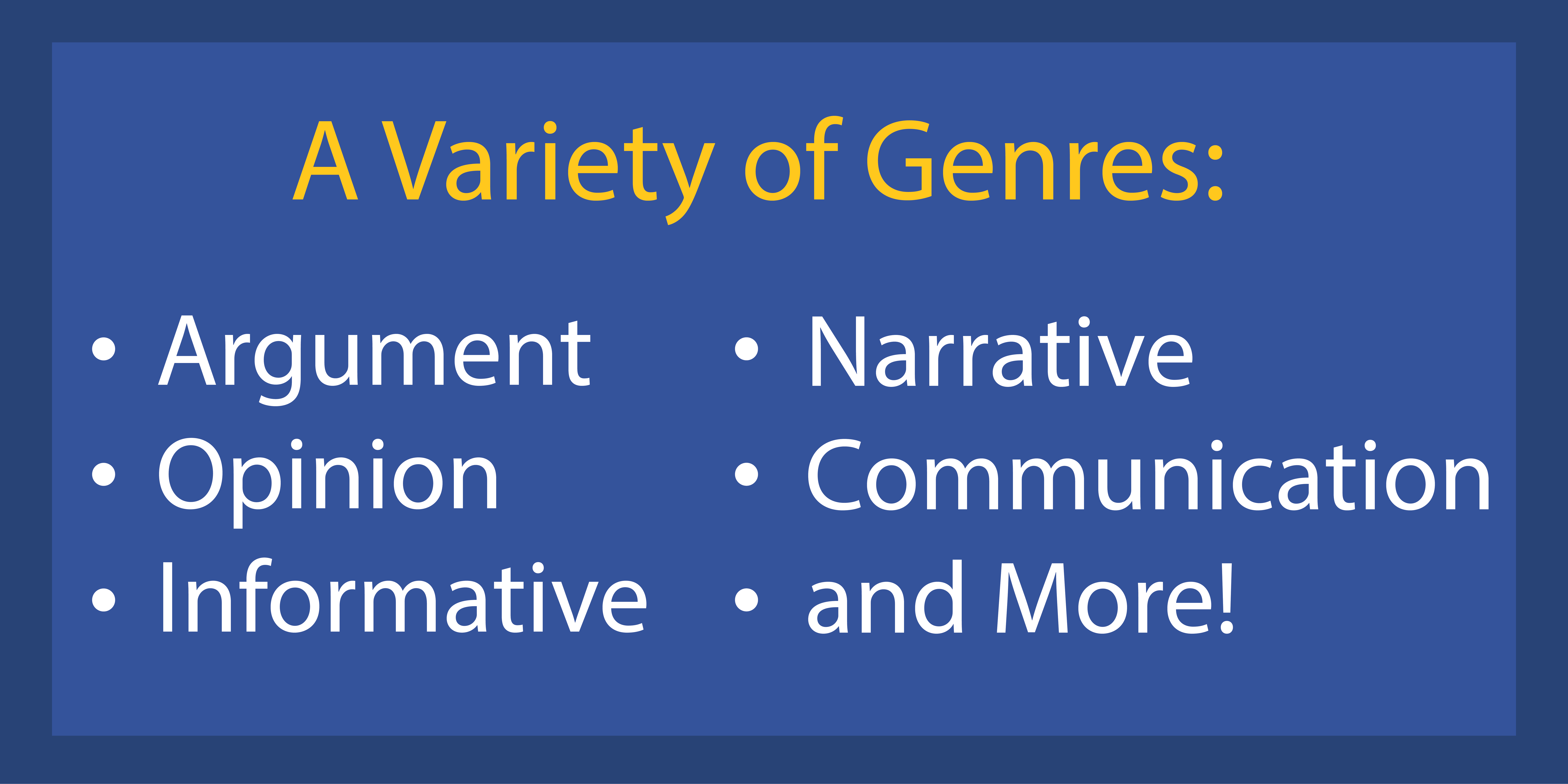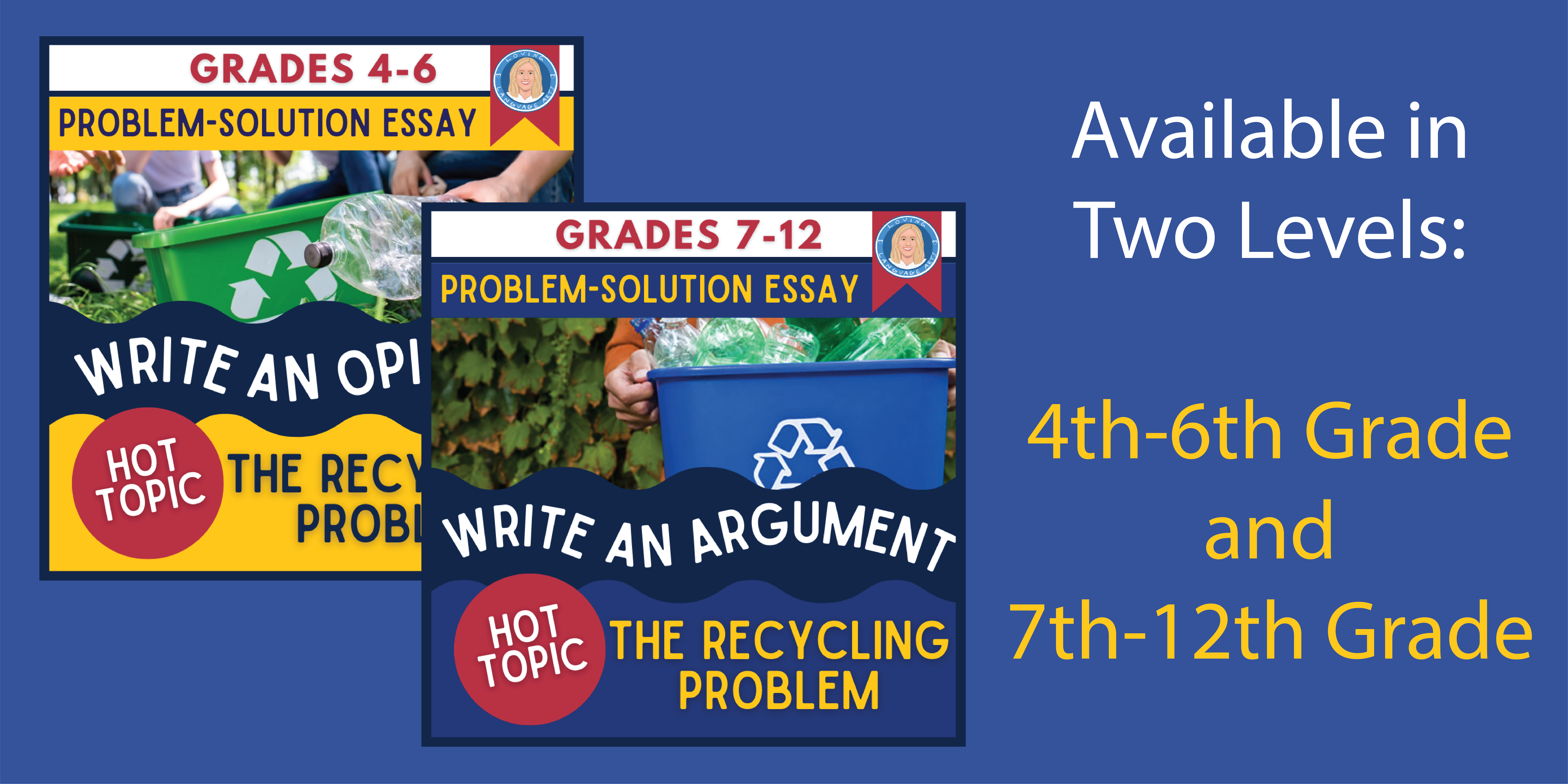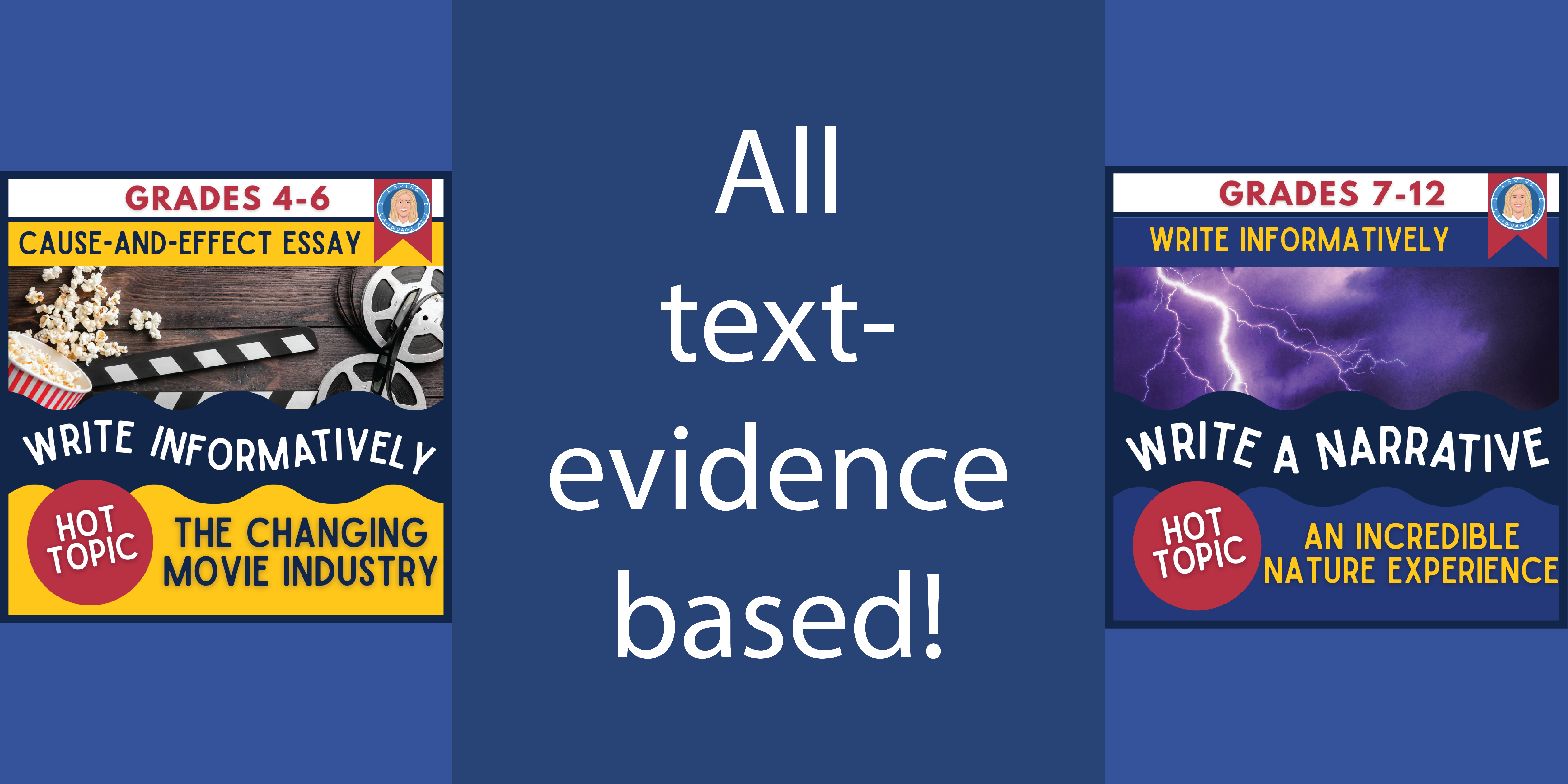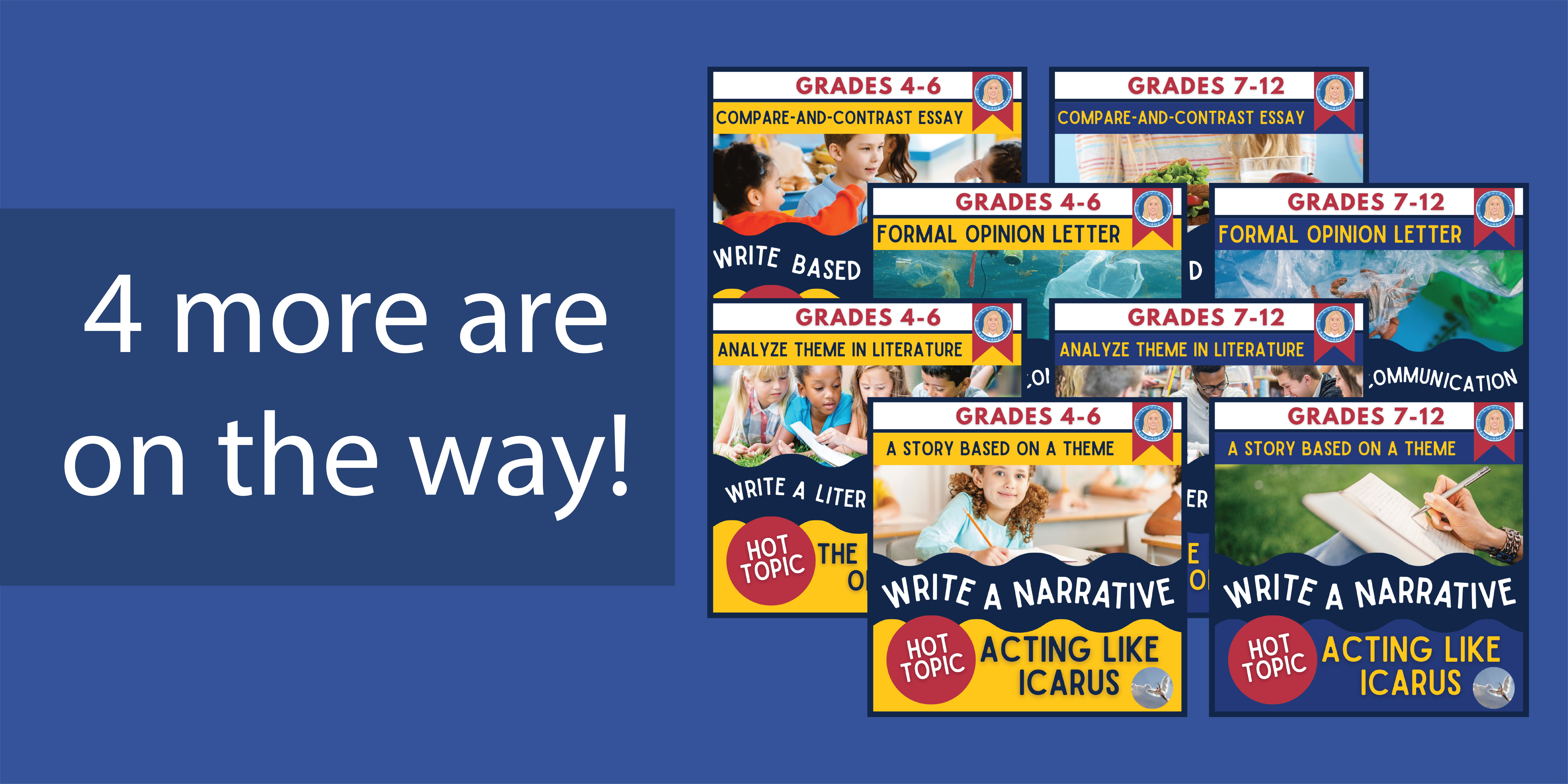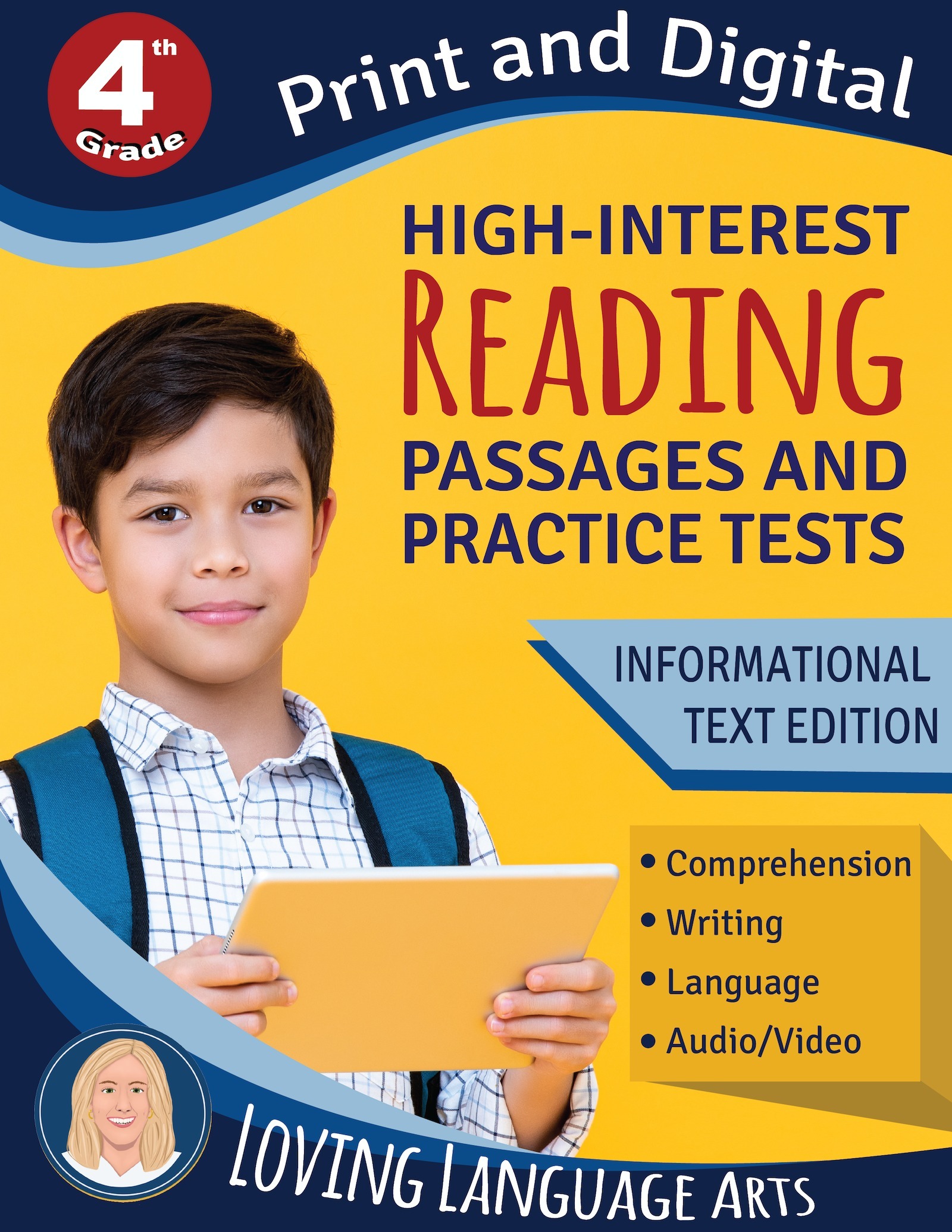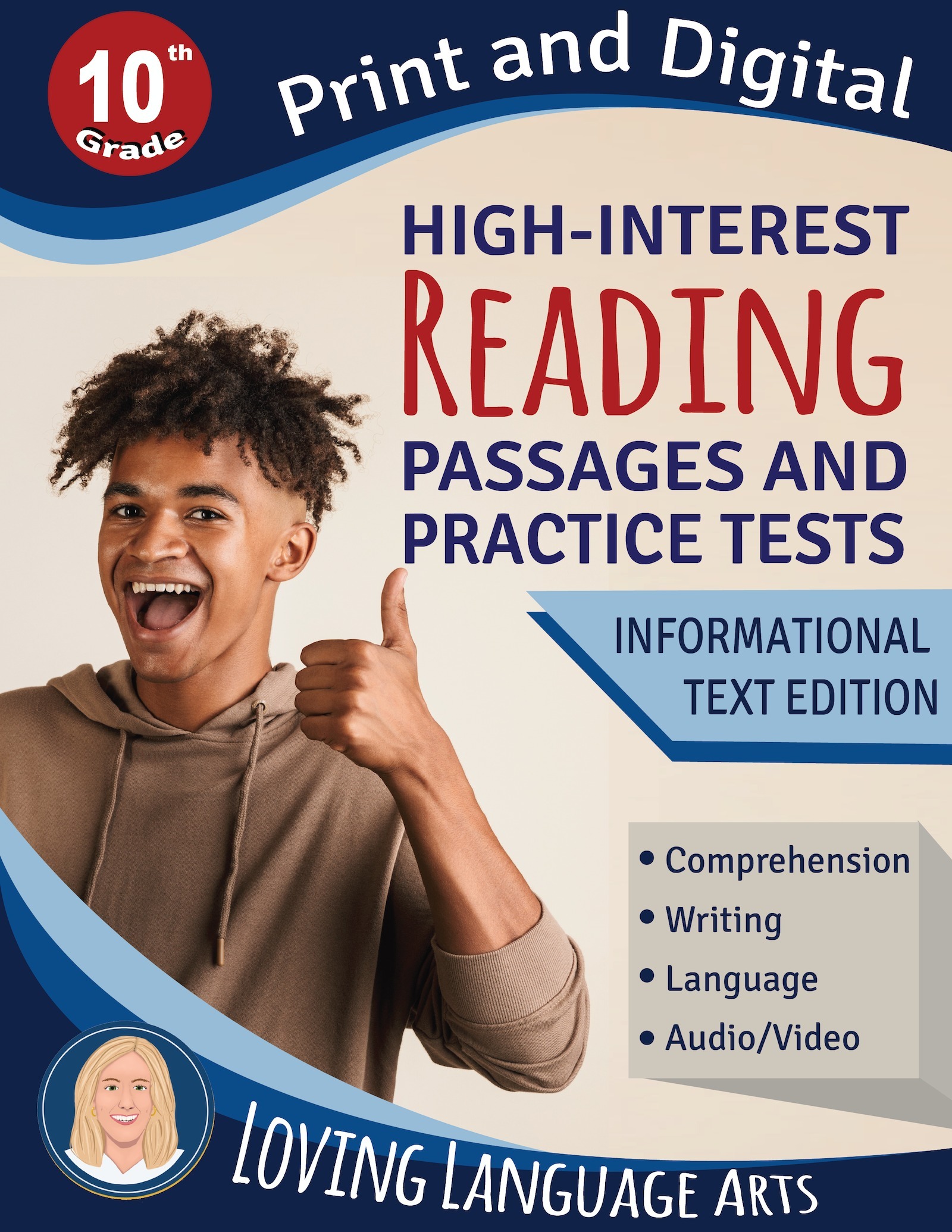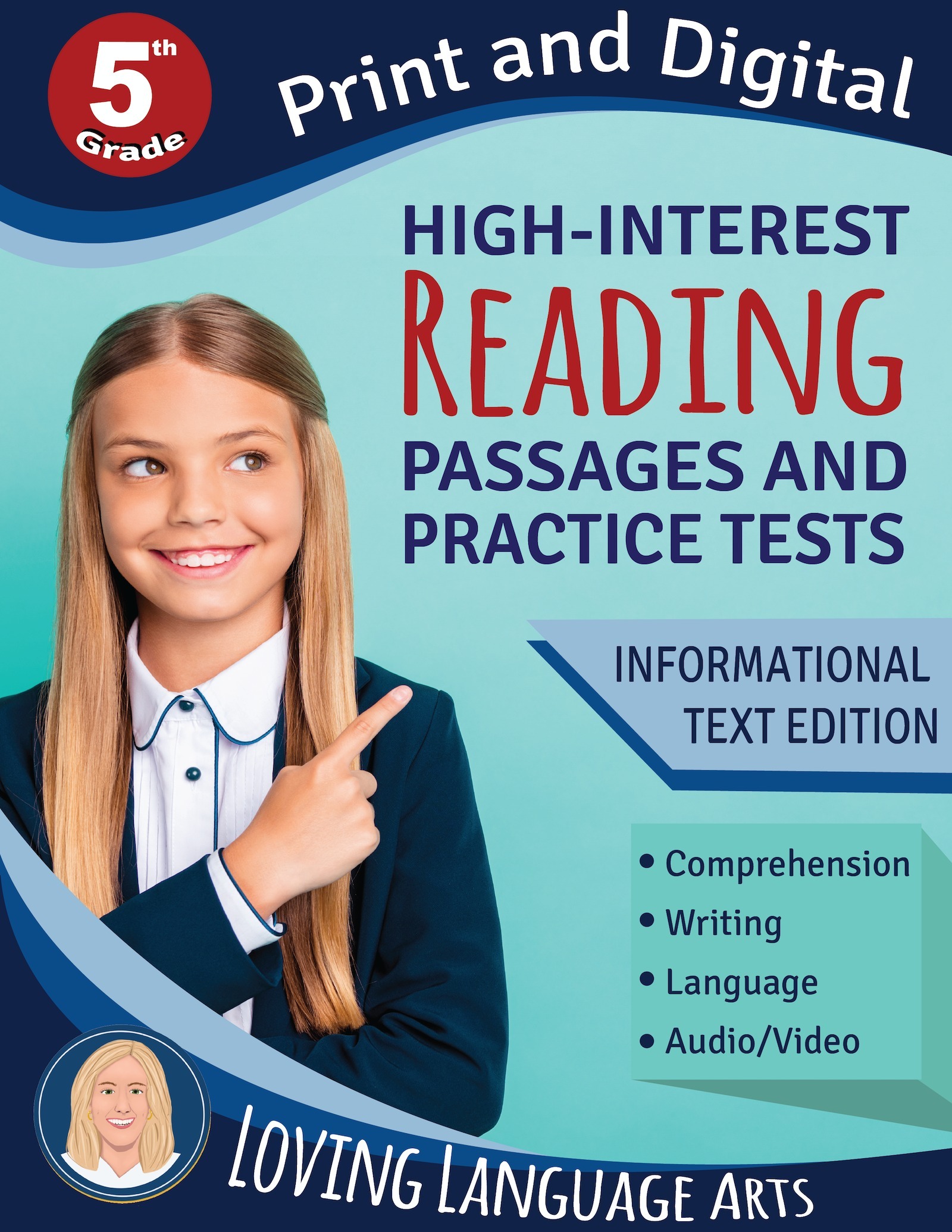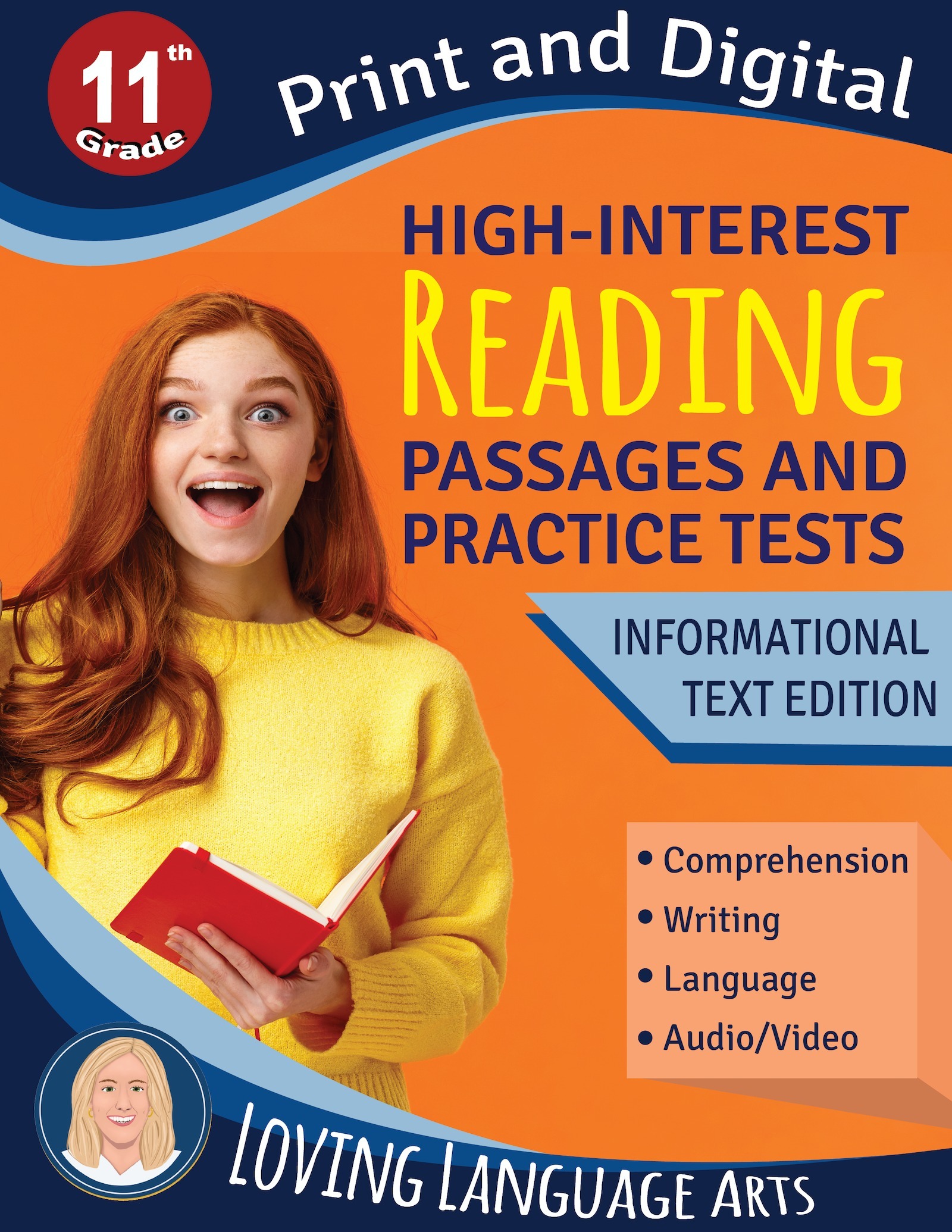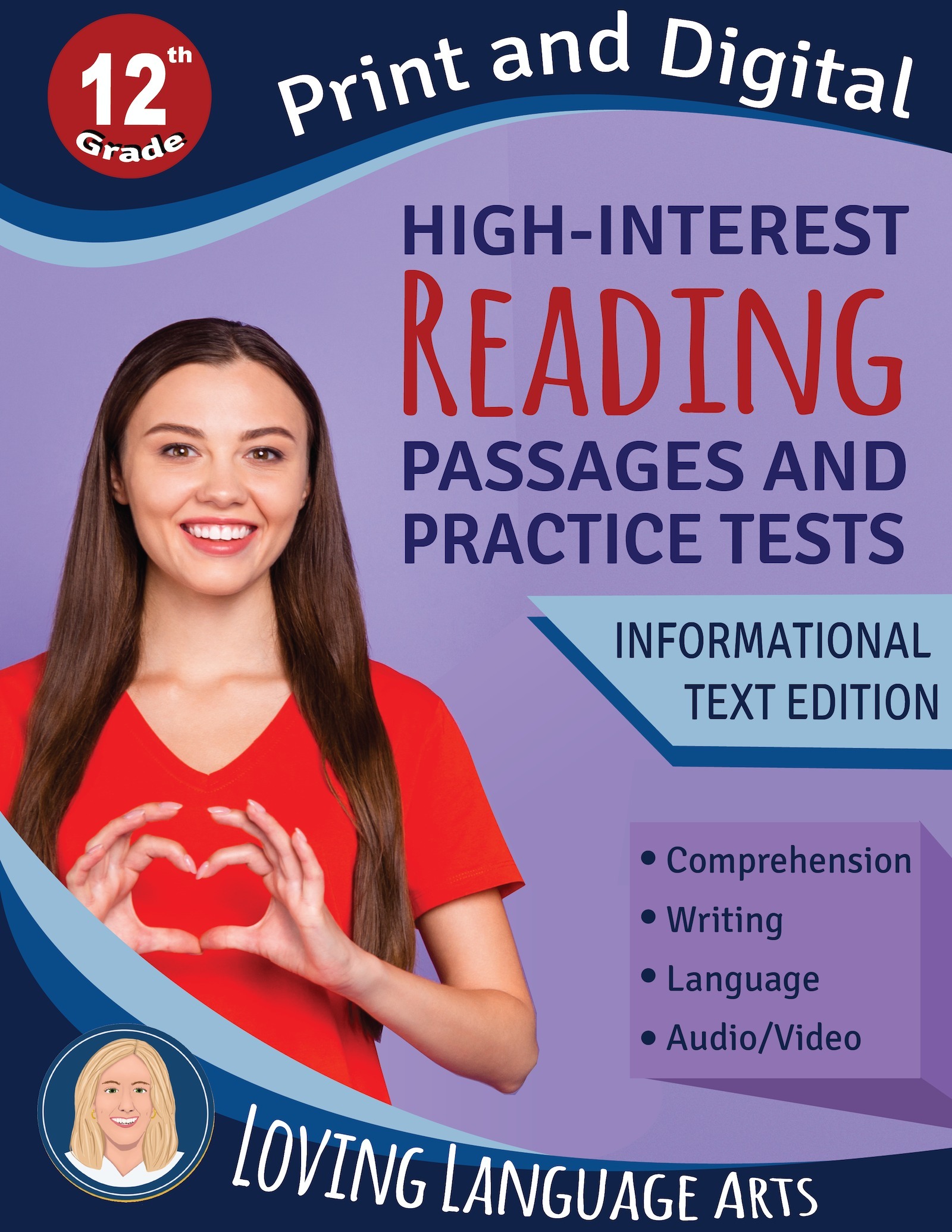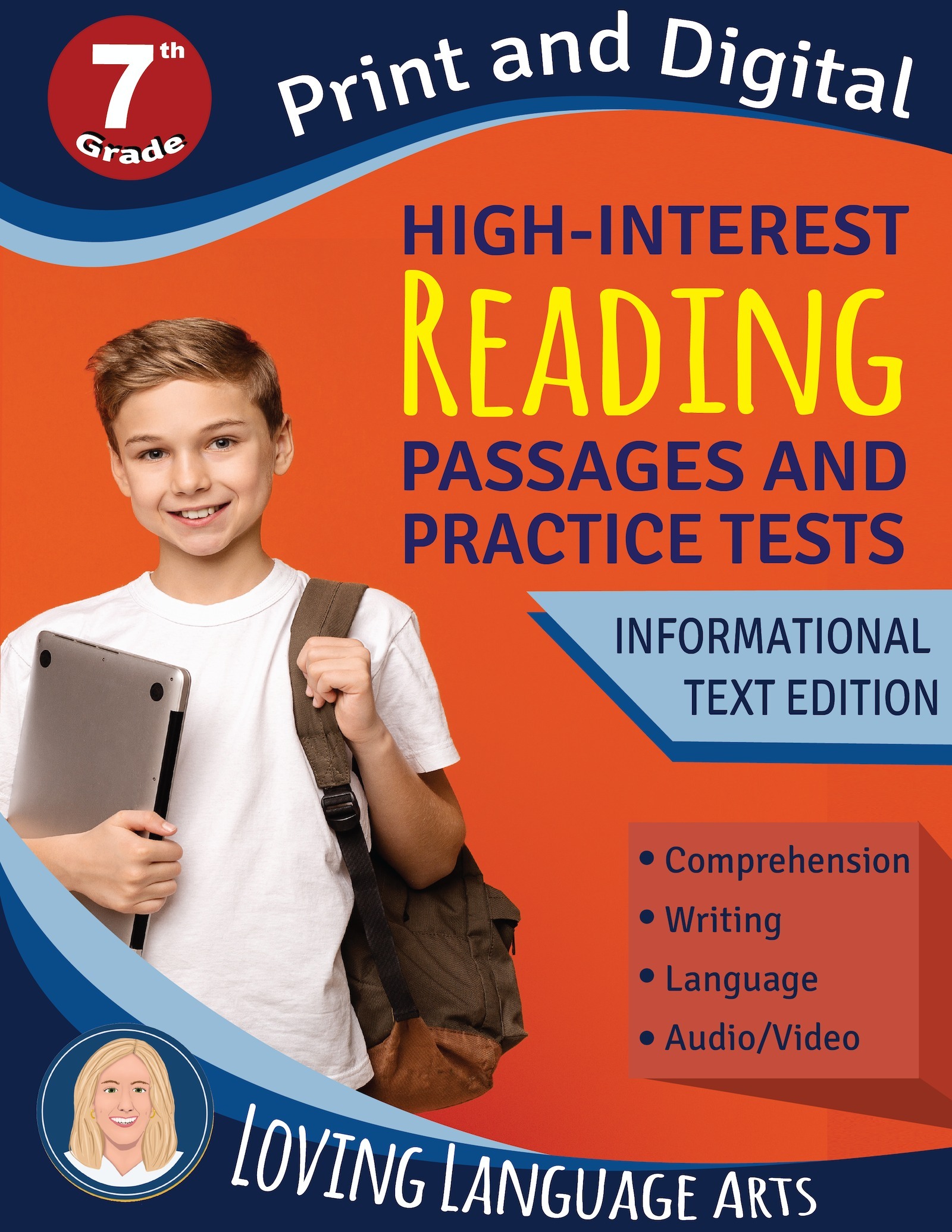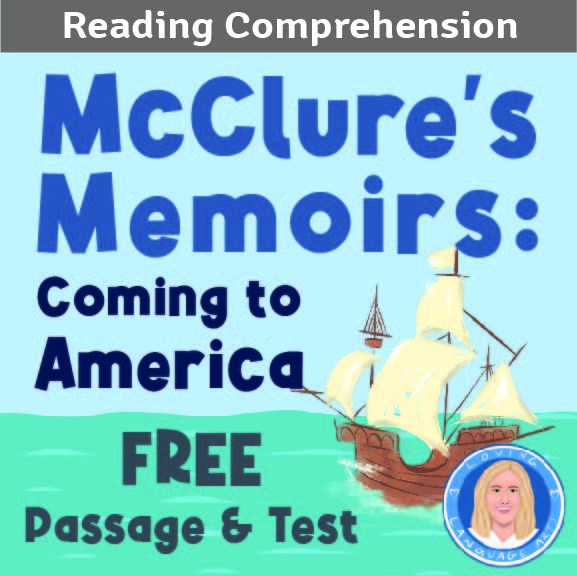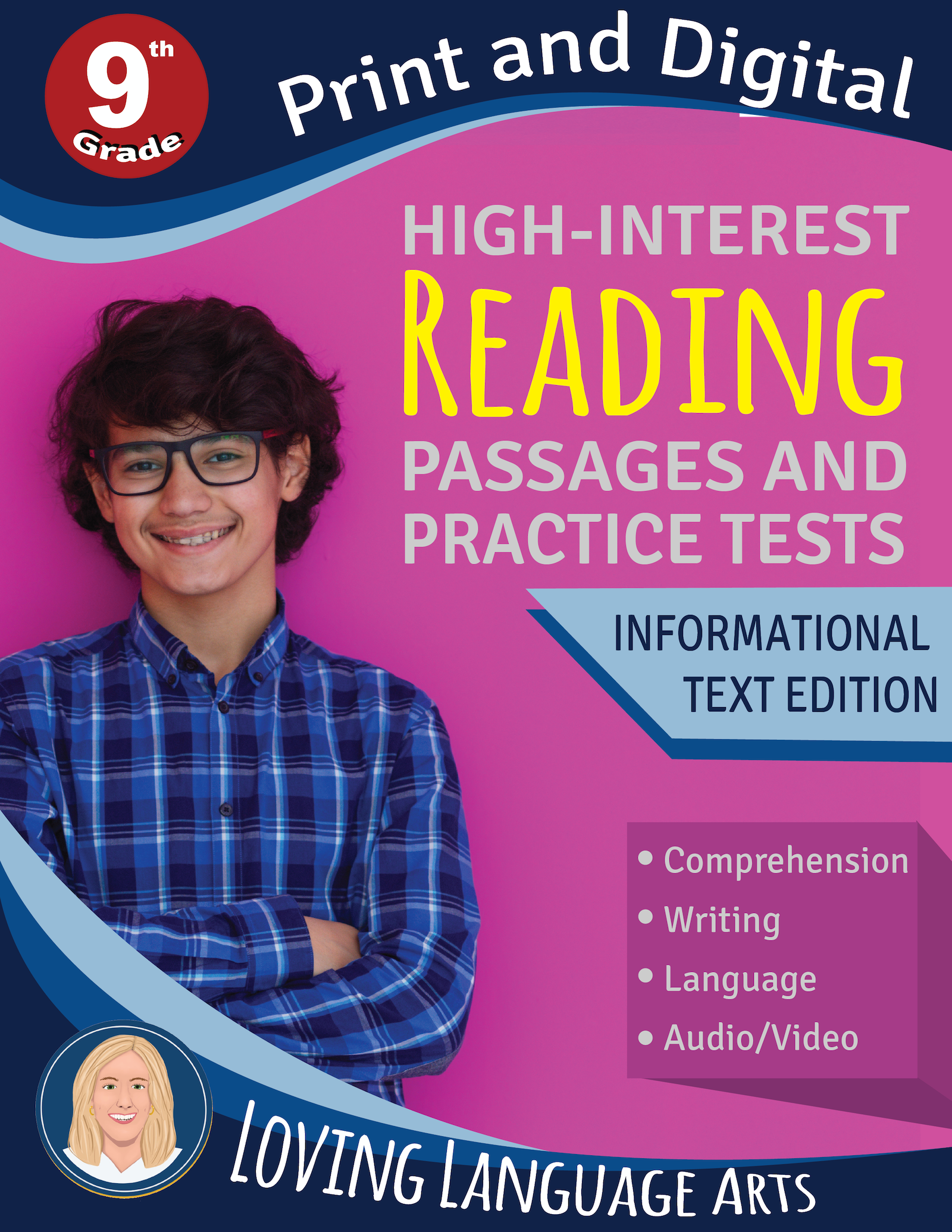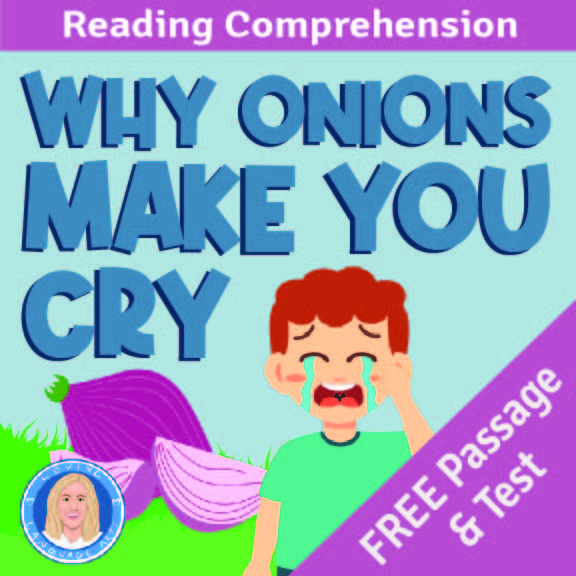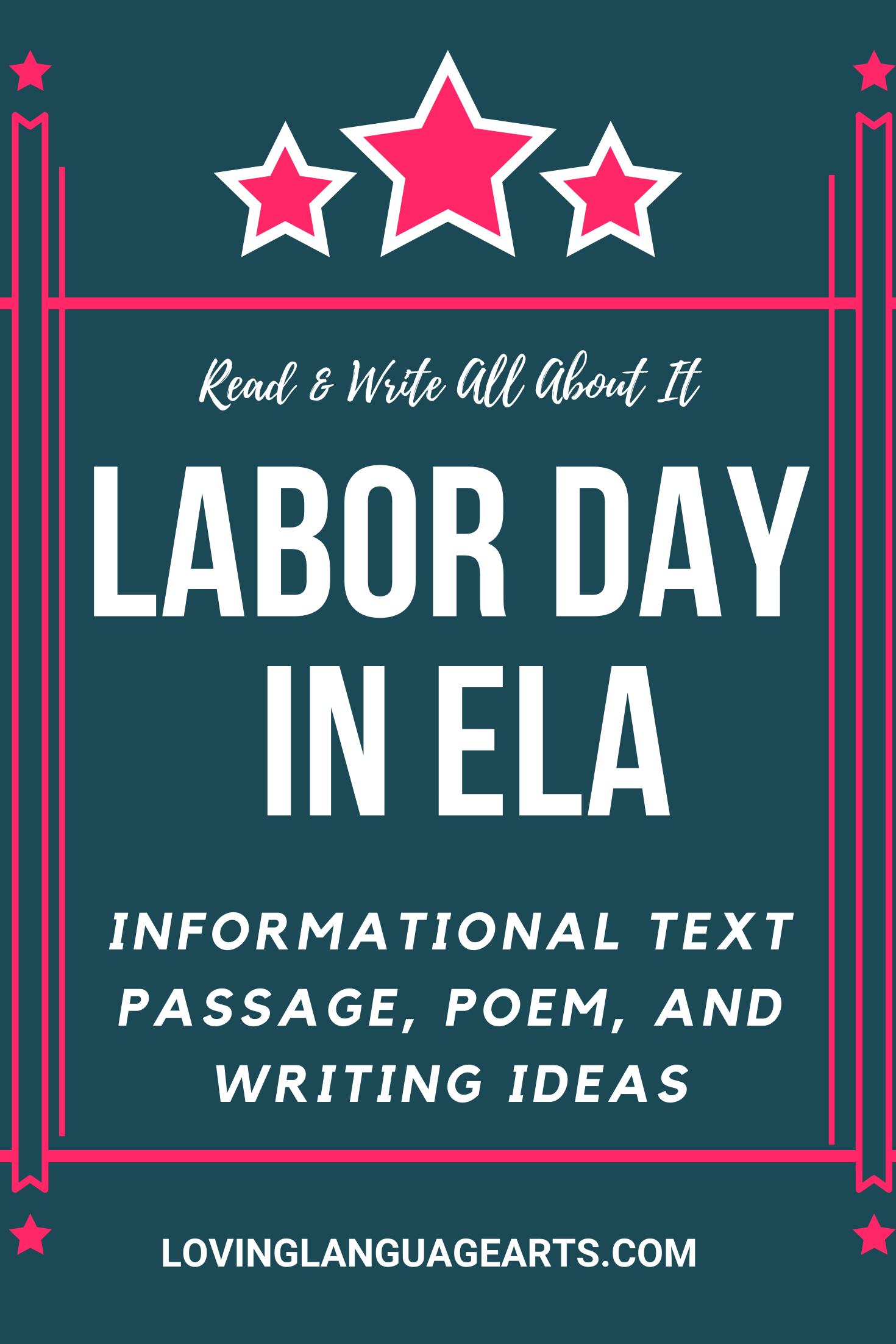Labor Day in ELA
You're curious about Labor Day and, deep down inside, students are too. Here are a few interesting facts about Labor Day to satisfy your curiosity, and, if you are a teacher, to share with students so they can reflect on it through writing, discussion, or further reading. Plus a free lesson that includes a passage, poem, and writing!
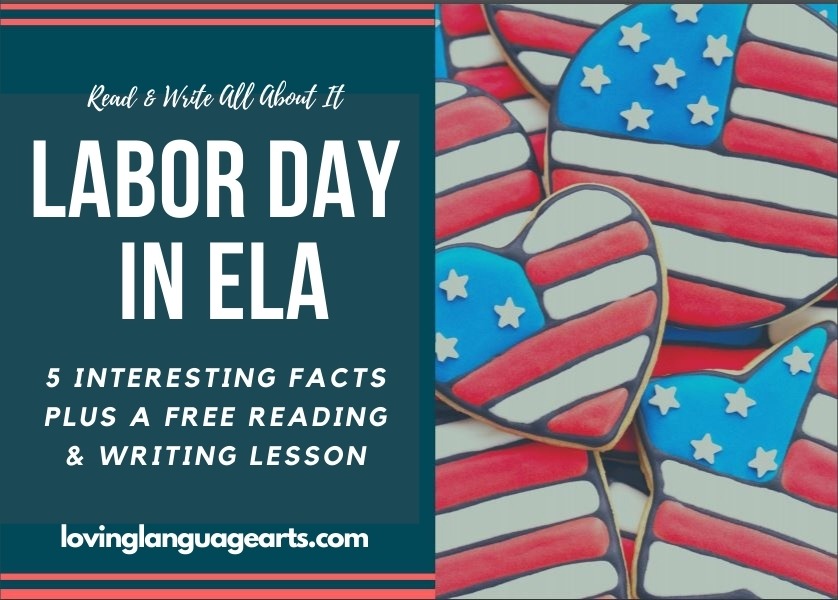
1) The second half of the 1800s was a dismal time for American workers. Workdays were often 12 hours a day, 7 days a week. Wages were generally low, working conditions were often unsafe, and child labor was common. This led to the labor movement in the late 19th century/early 20th century, during which time Labor Day came about.
2) The labor movement began in the late 1800s when labor unions were growing more prominent and vocal. There were many unions such as those for jewelers, carpenters, cabinet makers, printers, bricklayers, etc. Large organizations such as the American Federation of Labor joined many of the smaller unions into one large powerful group. Labor Day came about during the labor movement.
3) Ten years prior to Labor Day becoming a national holiday, the first Labor Day parade took place in New York City on September 5, 1882. Approximately 10,000 workers took it upon themselves to take the day off without pay and join in a parade that showcased all of the different unions and then ended with a massive picnic, fireworks, and dancing. Annual celebrations in September have taken place ever since. Around this same time in the late 1800s, many cities and some states recognized Labor Day as a holiday. It usually took the form of a parade and festivities. It was a day when workers could take the day off to relax with their families. But the federal government needed some convincing.
4) President Grover Cleveland made Labor Day a federal holiday in 1894, a couple of weeks after a major strike and boycott had crippled railroad travel nationwide. Some say it was an apparent bid to appease American workers.
5) Presently, according to the United States Department of Labor, "Labor Day, the first Monday in September, is a creation of the labor movement and is dedicated to the social and economic achievements of American workers. It constitutes a yearly national tribute to the contributions workers have made to the strength, prosperity, and well-being of our country."
But wait, there's more! Have your students read this highly informative, highly interesting 2-page informational text passage all about Labor Day with a classic literary poem celebrating American workers AND writing extensions - ALL FOR FREE! NOW IN DISTANCE LEARNING FORMAT ALSO!
Grab the free lesson which includes a two-page informational text passage, a classic literary poem by Walt Whitman, AND writing extensions - ALL FOR FREE!
YOU MIGHT ALSO LIKE:
WebQuest Practice Tests! THIS ONE "THE HISTORY OF SCHOOLS" IS FREE!! It gets students reading multiple authentic sources and answering ELA questions in a self-grading online test!
And there are over 10 WebQuest Practice Tests to choose from (or buy the bundle) in which students get deeply engaged in reading multiple cross-curricular authentic sources that all revolve around different themes! Try them out! They're self-grading for goodness sake!
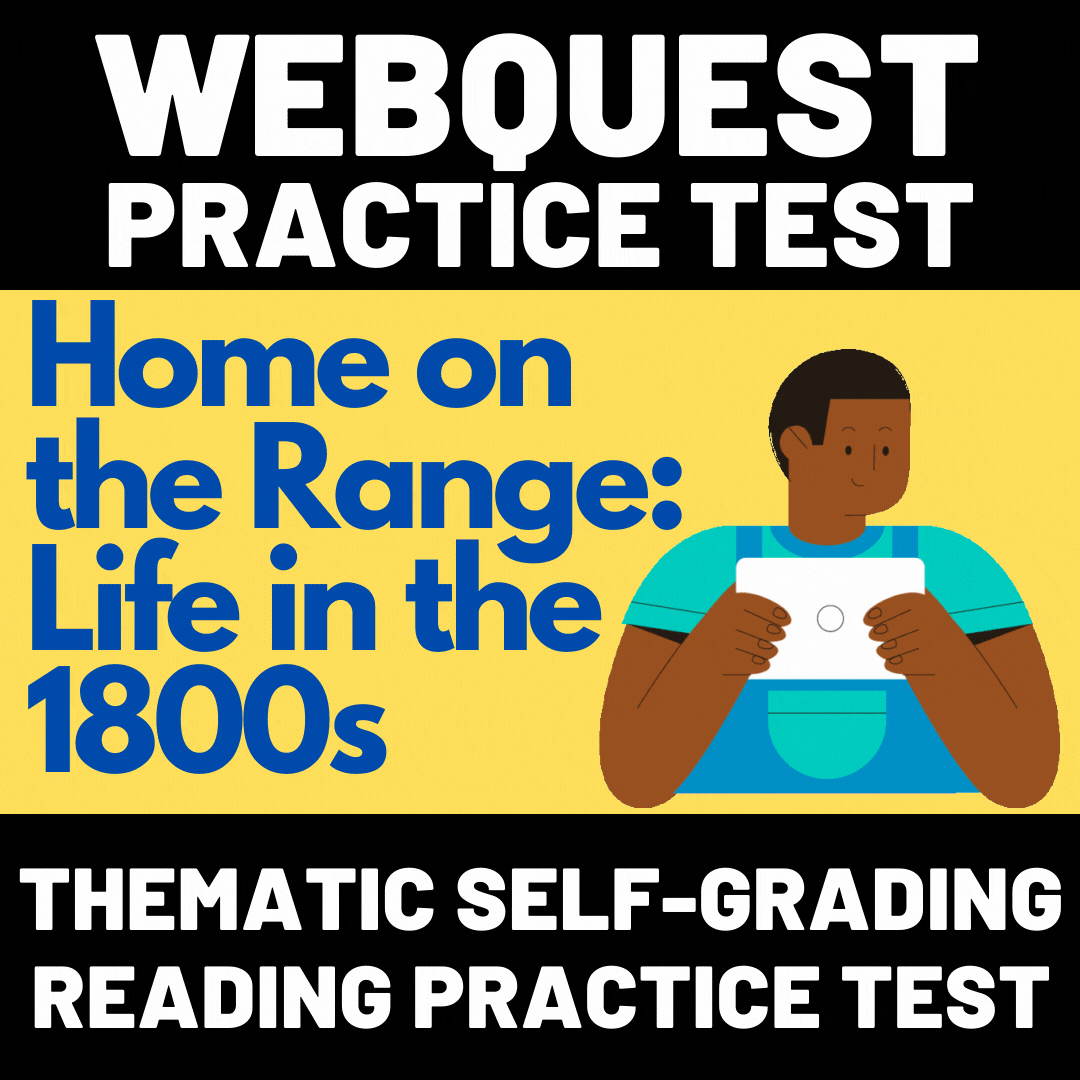
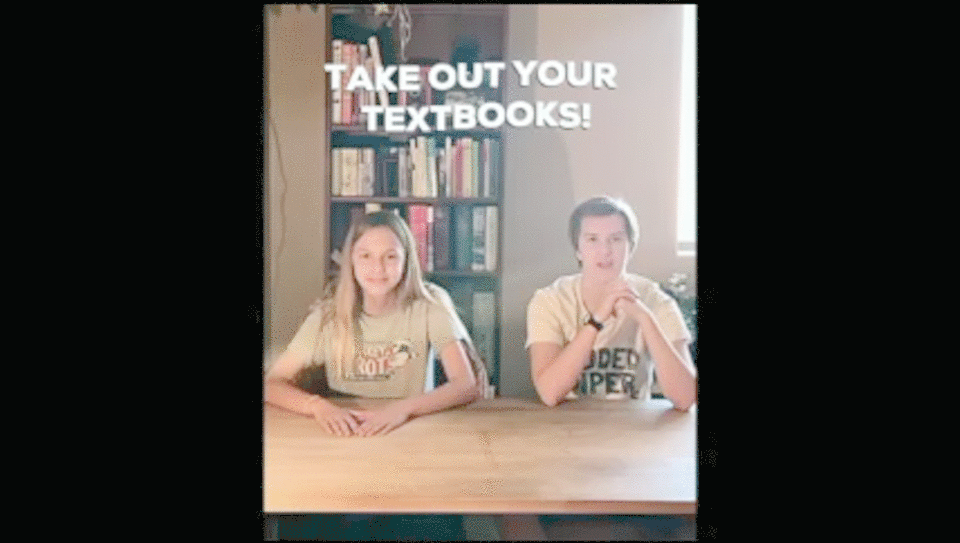
You Know What Else Kids Love?
These workbooks! I made the articles super interesting to kids by writing about things that interest them! AND IT WORKED! I keep hearing from teachers how kids get so into these texts that they actually WANT to answer the questions!
Click below for FREE ELA PRACTICE TESTS – each targeting specific reading, writing, language, and speaking/listening/viewing standards.
Check out these GRADE-SPECIFIC test prep books with practice tests that target EVERY GRADE-SPECIFIC READING INFORMATIONAL TEXT STANDARD, one by one. An added bonus is that students LOVE the texts! In Easy-Print or Self-Grading Online Versions.
The 6th Grade Practice Tests Test Prep Workbook “is a high quality, beautifully-aligned resource. It is no-frills, to the point, yet high-interest for students. It is helping us prepare for standardized testing in a hybrid, synchronous, difficult year.”

